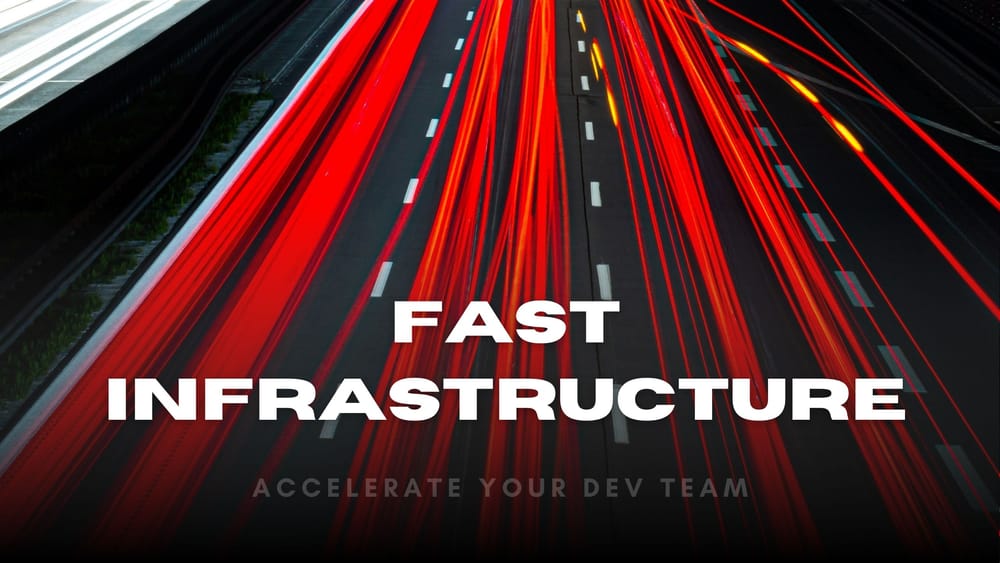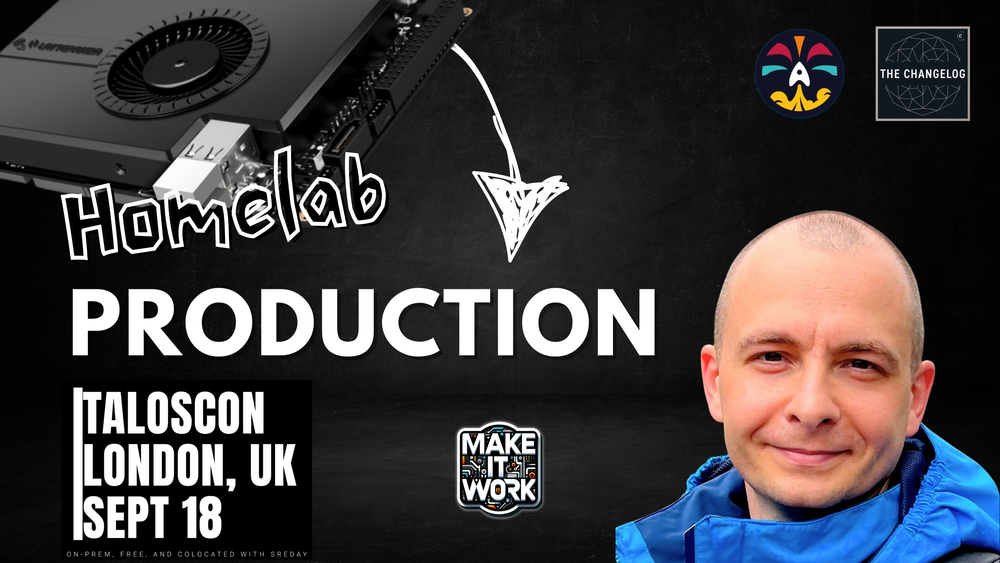If you skipped Part 1, meet Mischa van den Burg, a DevOps engineer running a production-grade Kubernetes homelab on 4 (four) repurposed enterprise nodes for practical & sustainability reasons:
- 1 (one) x ThinkPad T430 control plane
- 3 (three) x HP Elitedesks 800 G2
In Part 2 (this one right here), Mischa starts by showing us what matters to him in his homelab: Homepage for service discovery, Wallabag for article archiving with full-text database storage, and pgAdmin for database exploration. All are orchestrated through GitOps (in this case Flux) via his public repository which now has well over 1,000 commits.
As we tour Mischa's homelab, the demo gods strike ⚡️ Grafana returns 404 errors which leads to:
CrashLoopBackOff- SQLite corruption
unable to open database file - iSCSI PVC
- Stop it & start it
After Grafana, we shift focus to Mischa's Azure Key Vault CSI driver integration, a "Frankenstein" setup running Microsoft's AKS tooling on bare metal.
We wrap up by talking about what really matters. Mischa reveals how years spent in the Norwegian wilderness - including 150+ kilometers solo walks through mountains - taught him the patience and systematic thinking that make him effective at infrastructure work. The homelab becomes a wilderness metaphor that require the same mindset of careful observation, methodical troubleshooting, and committing to it.
The specific tools (Kubernetes, PostgreSQL, Grafana, etc.) will evolve, but the debugging methodology, the value of public learning repositories, and the connection between mental clarity and technical excellence will remain constant.
For infrastructure professionals, this is both a technical tutorial and a meditation on craft, showing how the best engineers combine systematic thinking with philosophical depth.







